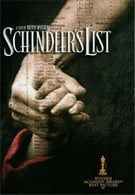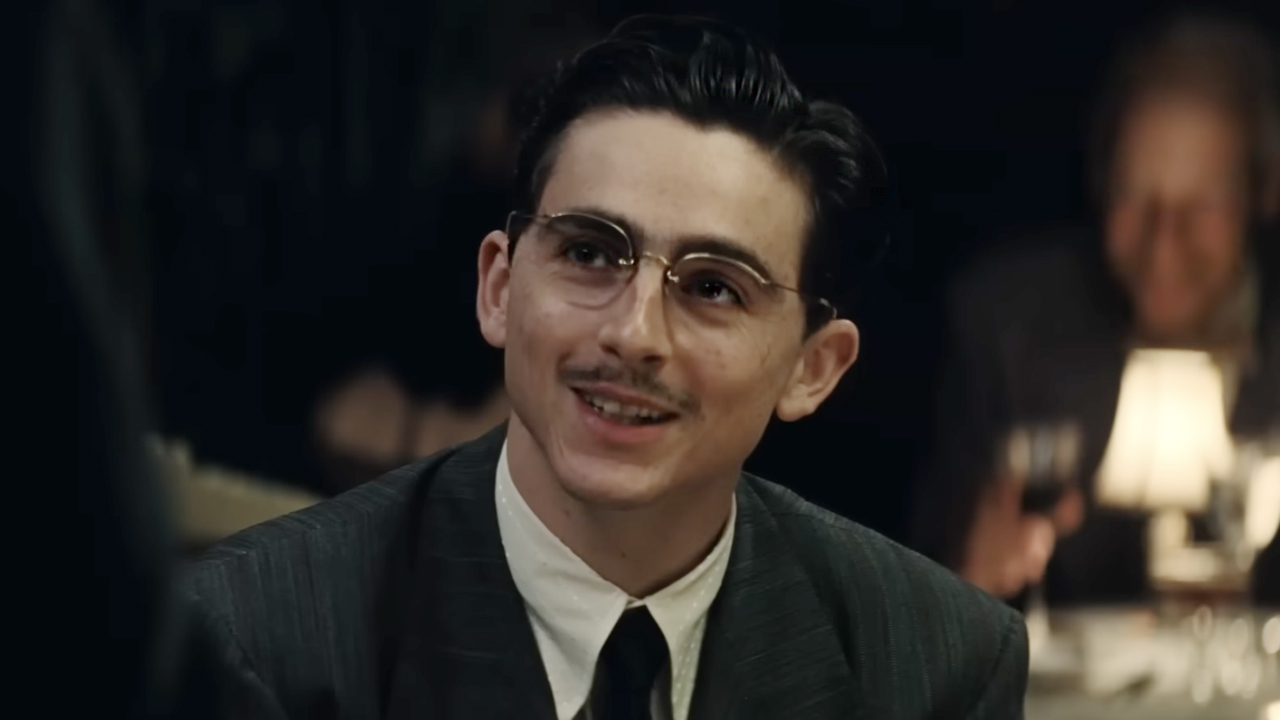World War II saw the death of six million Jews. Oskar Schindler saved over eleven hundred. Schindler’s List tells his story. To say that Schindler’s List is anything less then a masterpiece doesn’t do the film credit. As long as there is a history, these reels of film will live on to show us the horrors of the past, the struggle of a culture for survival, and how much of a difference one man can make. This is not only a masterpiece of art, but also an important piece of viewing.
Steven Spielberg’s Schindler’s List tells the real life story of Oskar Schindler, a man who started out taking advantage of a wartime situation, but ended up making the difference between life and death for many Jews. It also tells the story of some of the Jews around Schindler. While, save for Itzhak Stern, Schindler’s accountant (played by Ben Kingsley) we never focus specifically on the storylines of the individual Schindler Jews, we see them in the background throughout the entire movie. By the end of the film we feel for them because we have survived with their familiar faces, or watched as they have not survived. Inevitably the movie tells the story of the horrors of the Second World War, and the evil side of mankind. It does this without being preachy and by making every moment within feel very real – from shock, to horror, to relief.
Liam Neeson’s Schindler is never presented as a “good guy”. He is simply a man looking to make a fortune. He sees opportunity in the world around him, a world at war. He gets his money from Jews who can’t spend money themselves, making them investors in his plant and repaying them with pots and pans – a commodity they can use. He takes advantage of the cheaper labor the Germans provide with their Jewish prisoners rather then pay the Polish locals. He moves into a luxurious home left behind by a Jewish family who is forcibly moved into the Krakow Ghetto. While eventually he makes decisions that save people’s lives and becomes a better person, he is never set up as a “good guy”. Indeed at times he is simply the lesser of two evils.
Most of the time, the greater of the two evils is represented by Amon Goeth. Cast for his “evil sexuality” Ralph Fiennes portrays the evil Nazi as a man with no good in him. He is a monster lusting for power, and his position in the Nazi army gives him that power. There is never redemption for Amon Goeth, he is not looking for it, nor do we expect or hope to see it. Even with his last moment on screen he is simply an evil, evil man. The kind of character we wish only existed in films, but unfortunately is based on a very real person.
Spielberg filmed Schindler’s List in black and white because he had always seen pictures of that era in black and white – that was how the Holocaust looked to him. It adds to the film by giving it a historic feel and at times the feel of a documentary. By placing the film in black and white, it takes away the gory result of actions and places and puts the horror in the action itself. We are not turned away by blood in the snow, but instead shocked and horrified by the action of shooting a man with no reason. The lack of color also allows the movie to carry an extra punch of significance and importance in those rare opportunities when Spielberg chooses for color to appear. I was a bit disappointed by the list of extras when I looked at this DVD release. It’s the tenth anniversary of the movie, where’s the commentary track? Where’s a “making of” documentary? There’s not even a trailer on this release. Then I started thinking, and realized this really isn’t that type of movie. The importance of Schindler’s List is in the message behind it and the true story of the eleven hundred Schindler Jews, not in how they recreated Auschwitz for this scene or how they made the light work in that scene. The few extras that are included reinforce that thought process.
Included is an 80 minute documentary entitled Voices from the List. The documentary uses footage from the Survivors of the Shoah Visual History Foundation’s survivor testimonials to tell the story of the Schindler Jews. While following the same storyline as the movie, we hear real testimonials from the people who lived through the events portrayed by the movie. If you’re like me, you’ll be amazed at how little of the movie is fictitious. Events that I thought transpired to help move the storyline along, or to make a specific point weren’t just plot devices – almost everything actually happened, making the depiction of some scenes in the film even more horrific to watch. While Voices isn’t as visually gripping as Schindler’s List, it is just as emotional.
Another short featurette gives more information about the Survivors of the Shoah Visual History Foundation and its mission – “To overcome prejudice, intolerance, and bigotry – and the suffering they cause – through the educational use of the Foundation’s visual history testimonies”. It can almost feel like a commercial, albeit a commercial for a good cause, and if the cause catches your interest, there is a convenient donation form included with the DVD.
Your Daily Blend of Entertainment News
The rest of the extras are nothing special. A text story about Oskar Schindler’s life and text biographies and filmographies for the cast and crew completes the disks. The movie itself is a flipper, probably the biggest disappointment about the release, which can’t be helped due to the film’s length. If you purchase the gift set instead of just the DVD you also get an impressive Plexiglas case, the soundtrack, a coffee table book, and a senitype along with a certificate of authenticity. Really, whether you get the gift set or the DVD depends on how much love you have for the film (and how much money you’re willing to spend). Either way, this is a highly recommended movie.

